COVID-19 Survey Report


The following information was provided through a Missio Nexus initiated survey from March 23-29, 2020. Sixty-three organizations of varying sizes from across North America contributed.
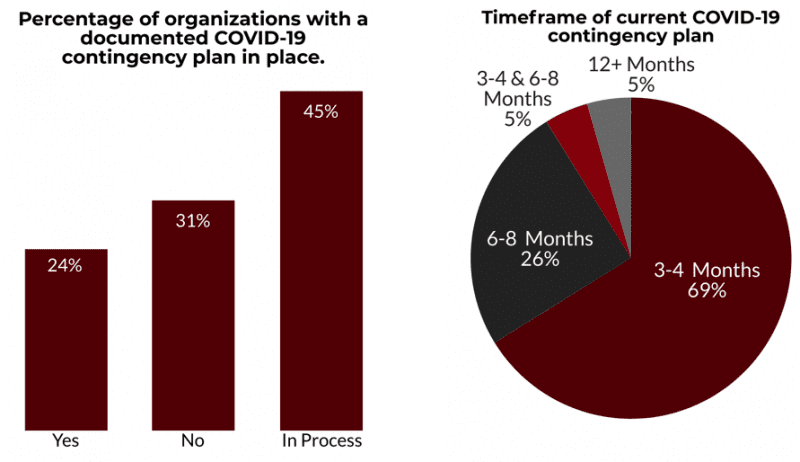

A Yammer virtual group has been created to assist with collaboration between response leaders. Contact mkpalguta@missionexus.org if you would like to be added to the group.



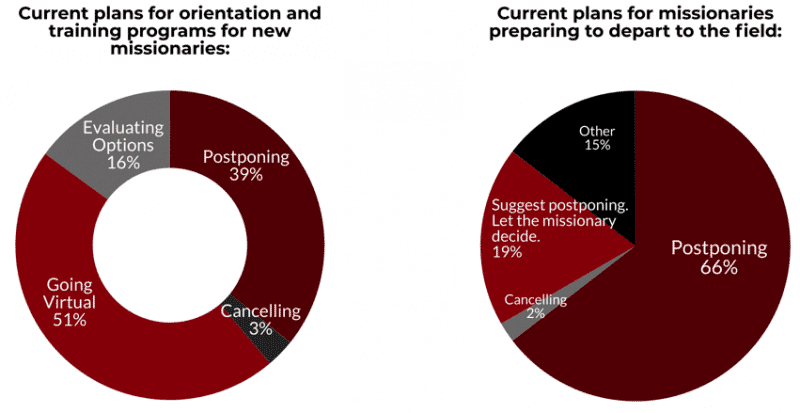
Likewise, very few organizations are definitively cancelling missionary departures. Instead, many are waiting to see what the next few months may hold. Increased communication with sending churches will be essential to care for these new missionaries who are in limbo over the summer and into the fall of 2020.
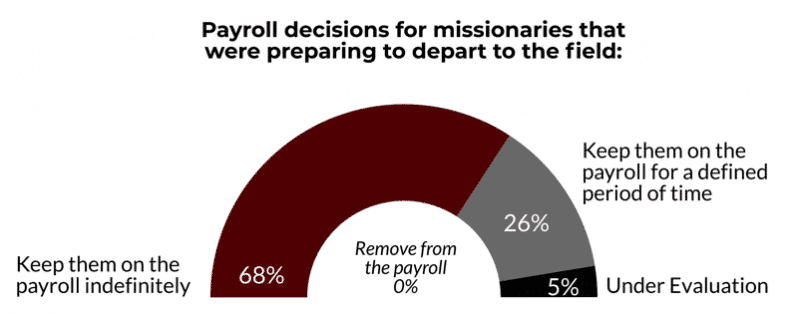
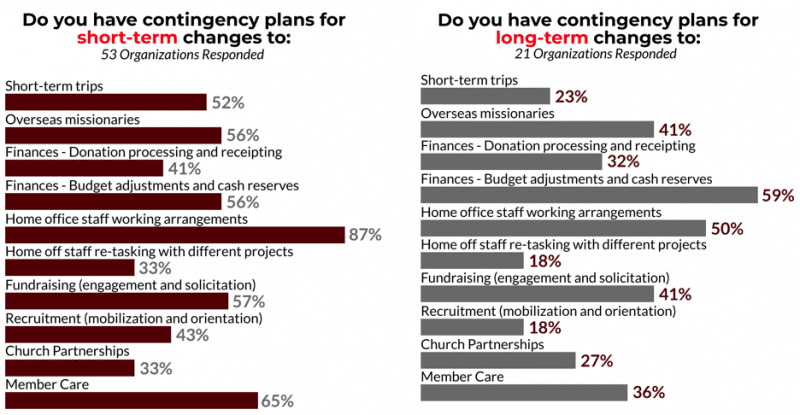
However, adaptive problems are more difficult to identify. These challenges require changes in roles and approaches to work. Sometimes the solutions even require new discoveries. As we engage with long-term changes, organizations need to be open-minded and innovative as the face new realities.
An increased need for Member Care may be the greatest needed focus in long-term contingency planning. Organizations may be forced to deal with massive transitions and even loss of life. Some approaches may be re-tasking staff to support Member Care, providing greater virtual resources, and fostering stronger relationships with sending churches. All of these are tangible ways to care for staff more effectively.
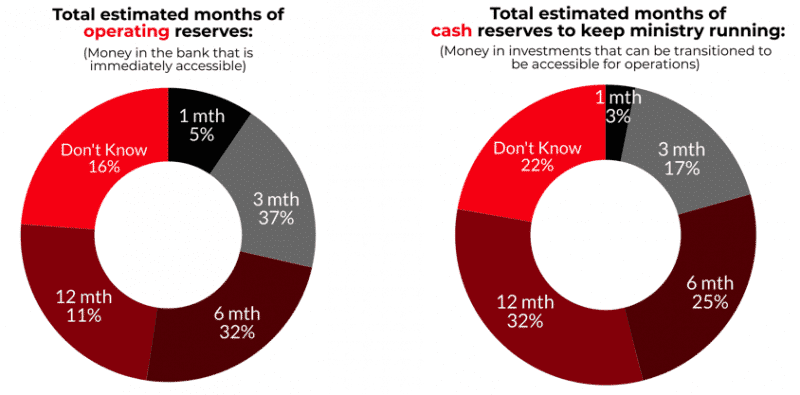
What can you do now to shore up your operating reserves by limiting spending? How will the decrease in travel or even in usage of your office provide additional resources that would have been spent?
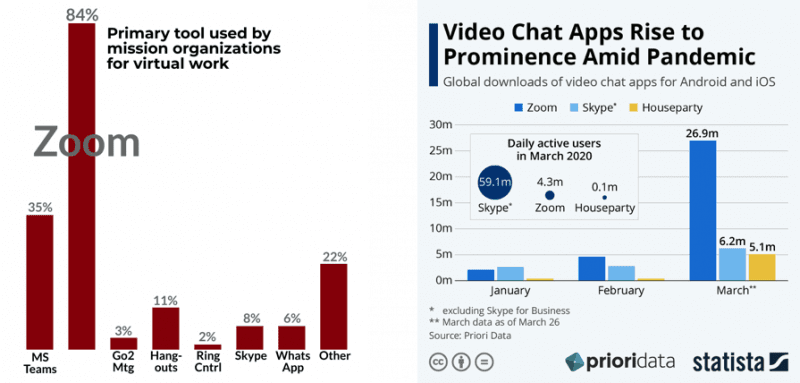
In an ongoing effort to not fatigue constituents, organizations need to be innovative in the ways they stay connected. A mixture of print, phone calls, messaging, social media and video broadcasts will be essential to uniquely care for them (but not oversaturate them) and to provide opportunities for mission engagement.
Statista Chart Link
